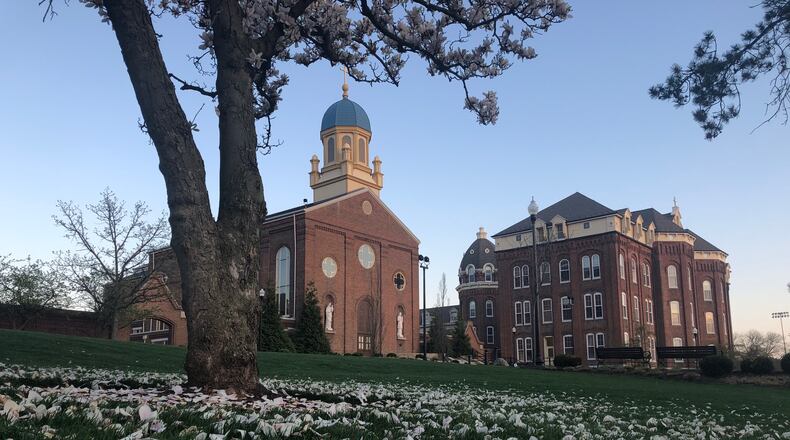The NIH also awarded UD physics researcher and assistant professor Chenglong Zhao a $1.5 million grant to develop a new super-resolution imaging system that can provide high-quality images of biological structures 10,000 times smaller than a human hair. The grant runs through July 2025.
Singh’s previous eye development research, funded under a $485,000 NIH grant awarded in 2017, focused on how genes regulate the process of transforming a single layer of cells into a three-dimensional organ, according to the University of Dayton.
The technology could provide new insights into a variety of biological processes.
Kango-Singh said the grant would help researchers understand the fundamental, basic biology that goes on during normal development and then help decide what exactly went wrong in certain types of birth defects.
The research can also help find what would be applicable to patients and shape further research to figure out the mechanisms of these birth defects or diseases, she added.
“Understand that knowledge is a significant bearing in looking for the future,” Singh said. “When something goes wrong, at least you know which genes you need to look at.”
Zhao, associate professor of physics and electro-optics, previously had a $317,158 National Science Foundation grant in 2018, with $63,215 in supplemental funding awarded in 2020, to develop an advanced manufacturing process for building three-dimensional structures at “nanoscale,” with measurements in billionths of a meter.
“We are developing a new optical imaging technology so that we can really see some very small structures that normally you cannot see with a traditional optical microscope,” Zhao said. “We are trying to develop a new method to see these nanostructures.”
NIH funding frequently leads to major advances in medicine. For the year 2020, three of the top 10 scientific “breakthroughs” cited by the journal “Science” involved efforts supported by NIH.
About the Author



